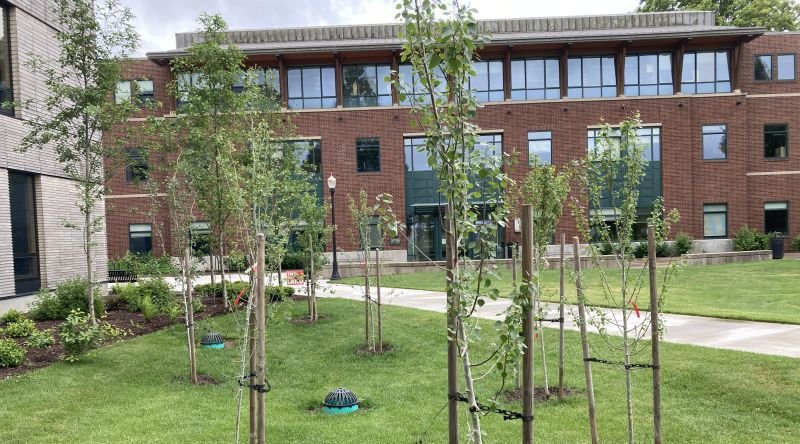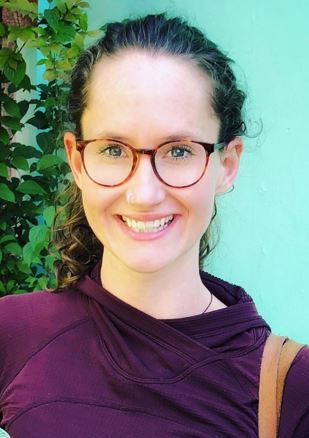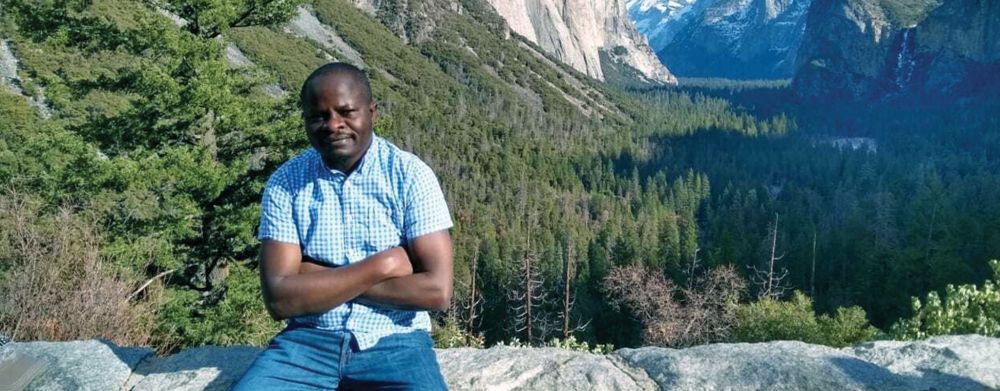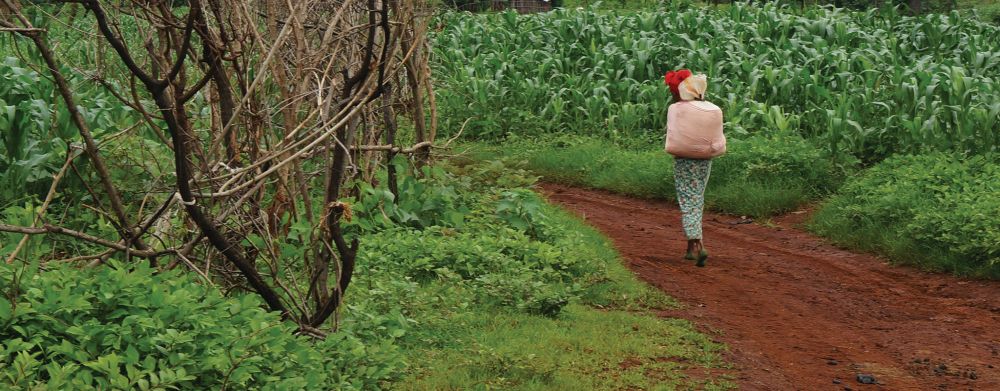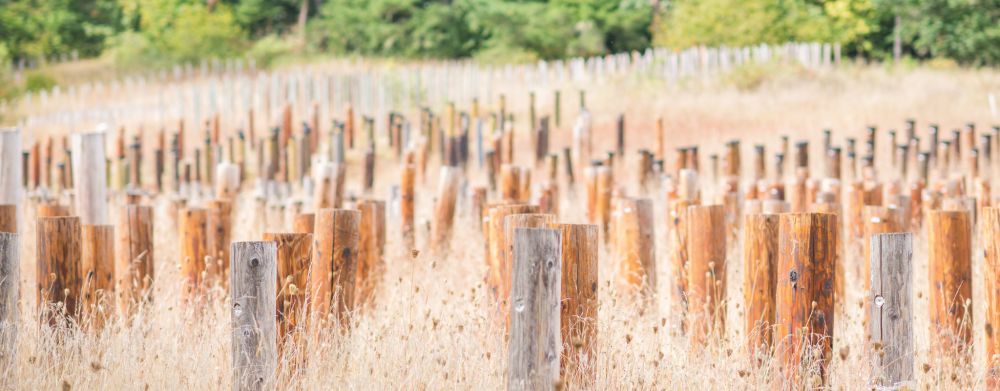
Congratulations to our 2021 Oregon State University College of Forestry graduates and awardees!
As part of the 2021 OSU Spring Commencement, the College awarded more than 200 undergraduate degrees, 54 master’s degrees and 26 graduate certificates. 13 students earned their doctoral degree as part of the ceremonies, the highest degree one can receive at OSU.
Commencement also provides an opportunity to announce our annual student, staff and faculty awards. Congratulations to our graduates and awardees.
Pack Essay award – Karra Showen
Created by Charles Lathrop Pack, the Pack Essay Award encourages sound communication skills for forestry and natural resource professionals.
Robert Aufderheide Award – Ashley D’Antonio
This award recognizes the outstanding instructor or professor on the teaching staff at the College of Forestry
Julie Kliewer Mentor Award – Mindy Crandall
This award, also known as the XSP Mentor Award, is presented to the faculty or staff member who provides outstanding mentorship to students.
12th Annual Photo of the Year Contest – Jessica Blunn, for her photo “Legacies,” taken in the Holiday Farm Fire in the western Cascades.

Culture of Writing Award – Jay Sharpe and Rachel Villarreal
This award recognizes an individual’s ability to create a culture in which writing is taught, practiced, modeled, valued, and remembered.
Kelly Axe Award- Paul Catino
This award goes to a graduating senior who helps or cooperates tirelessly behind the scenes to advance the College. This award is unique in that the recipient generally receives little recognition for all of their efforts.
Harold Bowerman Leadership Award – Hanna Girod
Since 1976, the College annually recognizes a senior who demonstrates outstanding service to the College or University. The student selected exemplifies the Fernhopper Spirit through demonstrated leadership, unique contributions, and enthusiastic participation in student club activities and College programs.
Paul & Neva Dunn Outstanding Senior Award – Stacey Dunkley
The Dunn Outstanding Senior Award goes to the College’s outstanding graduating senior based on high academic achievement combined with professional ability.
Outstanding Senior Awards
Andrea Jacobs, E-Campus Natural Resources
Julian Kirchler, Natural Resources, Corvallis Campus
Cameron Castle, Tourism, Recreation, and Adventure Leadership
Quinn Smesrud, Renewable Materials
Gracie Stutzman, Forest Engineering
Ashley Backen, Forestry
Cody Irish, Forest Engineering/Civil Engineering

